“Buddham Saranam Gachhami”, the hypnotic and lilting Buddhist mantra resonates through the mind as we move towards Sanchi. A strange feeling of having come full circle envelops us as we stand in front of the famous Sanchi Stupa. After having visited Lumbini, Bodh Gaya, and Sarnath, the Sanchi Stupa seems a logical next step as in many ways it has been a silent spectator over the centuries to the rise of Buddhism and its subsequent disappearance from India.
It felt strange to be retracing the steps of another icon of Buddhism, Ashoka the Great. Ashoka, responsible for the spread of Buddhism far and wide has left his footprints from Lumbini to Bodh Gaya, and from Sarnath to Sanchi.
Sanchi in Madhya Pradesh, India, is a place that most people have read about in history books and associate with Buddhism and Buddha but the fact is that the Buddha never set foot in Sanchi!
But why is Sanchi such an important place, one of the prominent places on the Buddhist circuit, a UNESCO World Heritage Site, and a national icon? We dive deep into the history, myths, and legends of the Sanchi Stupa in an effort to come up with answers to these and other questions that arise about the Sanchi Stupa. For this, we have to take a giant leap backward in time to the period between 304 BC and 232 BC, to the time of Ashoka the Great.
Table of Contents
Sanchi Stupa – A Timeline Of Buddhism In India
“By a strange coincidence, it happens that the monuments of Sanchi, the noblest of all monuments that early Buddhism has bequeathed to India, are those about which least information is available to the public. Ancient Indian writers scarcely mention them; the Chinese pilgrims who are such a mine of information regarding other Buddhist sites, pass them by in silence”. wrote Sir John Marshall, in his book, “A Guide To Sanchi”.
Sir John Marshall is credited with the restoration of the Sanchi monuments, and his book is a great resource for those wishing to delve deep into the finer details of the monuments at Sanchi. Though it is over a century since Sir John Marshall penned his book on Sanchi, even today the monuments of Sanchi retain their timeless enigma, and retain their aura of a tantalizing puzzle, teasing visitors to probe deeper into their mysteries.
Stepping Back In Time
To get an understanding of the Sanchi Stupa, its genesis and how it was an important center of Buddhism in the centuries gone by, it is necessary to understand a bit about Ashoka with whose life Sanchi is inextricably linked. The main sources of information about Ashoka are his own rock edicts and ancient Buddhist texts and literature including the Sri Lankan text called Mahavamsa.
3rd Century BCE – The Legend of Devi
A young prince is on his way to Ujjain to take up his responsibilities of governance of the region as entrusted by his father. His entourage passes through the ancient town of Vedisagiri (present-day Vidisha). Here the charms of a damsel, the daughter of a local merchant enthrall him and he succumbs to her charm. The rest is of course history.
According to the Sri Lankan chronicle Mahavamsa, the young prince was none other than the young Ashoka and the pretty damsel was Devi, who is believed to have been his first wife. It is also believed that Devi never became his official queen nor did she go with him to Pataliputra. Ashoka’s chief queen is believed to have been Asandhimitra. However, the union of Ashoka and Devi is believed to have given birth to a son Mahendra and a daughter Sanghamitra, both of whom would later carry the light of Buddhism far and wide.
The nearness of Sanchi to Vidisha points to the fact that Devi was the reason why the Sanchi stupa and other Buddhist monuments came up where they did. In fact, it is also believed that Devi herself believed in Buddhism and could have sown the early seeds of Buddhism in Ashoka’s mind. It is also believed that she was instrumental in getting a Buddhist Vihara constructed nearby which could have been the first of the Sanchi monuments. Accounts from the Mahavamsa also indicate that Mahendra who led a mission for the spread of Buddhism to Sri Lanka visited his mother Devi in a Vihara in a place described as Chetiyagiri near Vidisha before embarking on his mission. Chetiyagiri is believed to have been the present day Sanchi.
Thus, though the Sanchi Stupa is associated with Ashoka the Great, deep inside the history of the great monument is the unseen and unsung presence of the woman who Ashoka loved.
3rd Century BCE – The Rise of The Stupa
The Sanchi Stupa which was historically referred to as the ‘Great Stupa’, is believed to have been ordered to be constructed by Ashoka in the 3rd Century BCE. Visitors to the Sanchi Stupa today are awestruck by the massive proportions of the Stupa, the beauty of the four Toran gates, the balustrade, and the perfection of the symmetry of the monument. But it is imperative to understand that we see today was not all done in the 3rd century, but the monument came up in the 3rd century but was embellished over the centuries by successive generations who lived in the region and this included the rulers as well as the general public.
John Marshall in his book, ‘A Guide To Sanchi”, writes; “The original Stupa, which was probably built by Asoka at the same time as the column was erected, was a structure of brick about half the diameter of the present Stupa, and it was not until about a century later that this original Stupa was encased in stone and brought to its present dimensions, and that the balustrade was built around its base, while it was not until the latter part of the first century before the Christian era that the four gateways were erected”.
John Marshall in his book goes on to describe what the original Stupa built by Ashoka looked like. It was hemispherical and built with bricks that measured 16″ X 10″ X 3″. The structure had a raised terrace that encircled its base as well as a railing and stone umbrella on its summit. The umbrella is seen as a mark of reverence to the relics of the Buddha interred inside the Stupa.
Thus had risen the Great Stupa, a brick structure crowned by an umbrella and flanked by a massive column, the Ashoka pillar, during the reign of the Mauryan emperor Ashoka during the 3rd century BCE.
2nd Century BCE – Sanchi’s Chequered History During The Reign of The Shungas
Some fifty years after the death of Ashoka, the sun also set over the reign of the Mauryan empire. Pataliputra was taken by the Shunga dynasty. Pushyamitra Shunga who was the commander-in-chief of the army of Brihadratha, the last of the Mauryan emperors had him ascended and usurped the throne for himself.
Many accounts point to the fact that Pushyamitra Shunga was intolerant to Buddhism and indulged in the persecution of Buddhist monks. It is also believed that he vandalized Buddhist monuments and other structures including those in Sanchi. However, it is also believed that the Sanchi Stupa was rebuilt and reinforced during the Shunga dynasty, towards the end of the second century BCE and the beginning of the First century BCE. Some historians credit the rebuilding of the Sanchi Stupa to the son of Pushyamitra Shunga, Agnimitra. Incidentally, Agnimitra is the protagonist in Kalidasa’s first play called Malavikagnimitram.
As far as the Great Stupa is concerned it is established that it was reconstructed during the reign of the Shungas. The Stupa became double its original size with the building of a stone casing around it. The diameter of the Stupa now stood at about 120 feet and height at around 54 feet. The top of the Stupa was flattened and a three-tiered Umbrella built. The Stupa was encircled by a circumambulation passage that ran around it and could be reached by twin staircases. Another pathway ran around the Stupa at ground level and this was enclosed by a balustrade. The massive balustrade consists of stone posts, cross-bars, and copings. Inscriptions in the Brahmi script of different names on these point to the fact that these were donations by different devotees and the balustrade was built over a period of time, probably spanning a few decades. The balustrade though made of stone gives the impression of a wooden structure and this is attributed to the fact that the design may have been copied from a wooden prototype. John Marshall in his book explains that this is because of the heavy influence of wooden architecture which was predominant in those times and stone architecture was just making its presence felt.
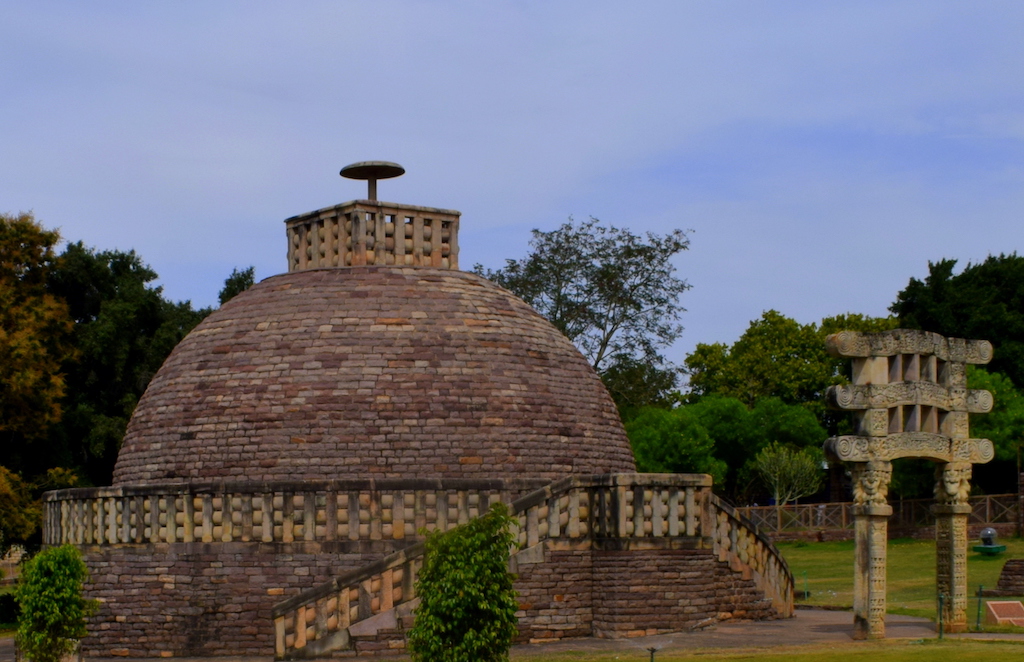
During the Shunga period, the Stupas now designated as 2 and 3 are also believed to have taken shape. The Stupa 2 with its decorative reliefs is considered as the oldest architectural structure with ornamental decorations. This Stupa is also considered as the cradle of the Jataka illustrations. Stupa No. 3 contained the relics of Buddha’s chief disciples Sariputra and Mahamoggallana.
1st Century BCE – The Satavahanas And The Grand Gates
Starting towards the end of the second century BCE and continuing on to the 3rd century CE, the dynasty of the Satavhanas rose in prominence. Referred to as, ‘Andhras’, in the Puranas, the dynasty with origins in the Deccan Plateau, in present-day Telangana and Andhra Pradesh, extended their sovereignty to central India, encompassing Sanchi in their fold.
It is during the reign of the Satavahanas, that the exquisite ornamental gates that adorn the Sanchi Stupa came up. Inscriptions have been found which have been useful in the dating of these gates. An inscription states that the Southern Gate was donated under the rule of Satakarni. Though the Satavahana dynasty had many kings with the same name, it is generally accepted that the king in question was Satakarni II, who ruled for 56 years. The beautiful Toran gateways are examples of the artistic skills of its carvers, and though made of sheer stone have the appearance and styling of wood carving. It is also believed that the gates could have been fashioned by the expert hands of ivory carvers who lived nearby. An inscription which says that the ivory workers from Vidisha had done the carvings lends credence to this theory.
5th Century CE – The Guptas Reign In Sanchi
The Guptas was the next major dynasty that left an impact on the Sanchi group of monuments. An inscription of Chandragupta II on the railing near the eastern gateway heralds the presence of the king here. During the Gupta period statues of sitting Buddhas were installed around the Great Stupa.
Other notable structures include a temple that could very well be the earliest independent standing temple in India, dating back to 5th century CE. The simple but beautiful and symmetrical structure is a visual delight. The pillars in the front with elaborate carving seem to offset the simplicity of the rear, sides and the inside.
Another important structure of the Gupta Period is the remains of a magnificent pillar that is identified as Pillar 35. One can see the lower portion of the pillar near the Sanchi Stupa 1. However, the figure that stood on its lofty top, that of Vajrapani, a Bodhisattva resides at the Sanchi Archaeological Museum.
An interesting structure which consists of square columns rising to the sky is the remains of an apsidal temple. The remains are of a 7th-century AD temple, but it is believed that they stand on the foundations of a 2nd-century temple dating back to the Maurya or Sunga period.
The Gupta dynasty bit the dust at the hands of the invading Huns, Buddhism too was on the decline and this reflected in the construction activity at Sanchi. The last Buddhist temple was built in the 9th century at Sanchi. After this, the importance of Sanchi faded and the world seemed to have forgotten its existence. It was in the early part of the 19th century that the world once again noticed the splendor of Sanchi.
Back To The Present – Sanchi Stupa in The 21st Century
“Look at the carvings that go back to 2nd Century BCE, nowhere in the world did you have such beautiful carvings in the 2nd Century BCE”, says Padmashri K.K.Muhammed pointing to the northern gate and its exquisite ornamentation. He is one of the leading archaeologists of India bestowed with the highest civilian award in India for his excavation of the Ibadat Khana in Fatehpur Sikri. He is the expert who is accompanying us on our journey into the heart of India, Madhya Pradesh, powered by Times Passion Trails and Madhya Pradesh Tourism.
We look in awe, at the sheer genius that must have visualized the carvings and the expertise of the hands that must have carved it. The hemispherical Stupa, the balustrade, and the four Toran gates blew our minds away with their beauty which resonated across the chasm of several centuries.
The Great Stupa
The Sanchi Stupa is located atop a small hill that is surrounded by verdant vegetation. A neat walkway leads from the entrance to the Great Stupa that is labeled as Stupa No. 1. Beautiful lawns enhance the magical aura that seems to envelop the famous structure of Sanchi which is one of the most recognized visual symbols in India, featuring even in the country’s currency notes. The Pathway takes you straight towards the Northern gate, which provides one entry into the Great Stupa. We walked below the beautiful northern gate looking at the imposing balustrade. We took one of the staircases to the first level path that circumscribed the Stupa.
Circumambulating the Stupa was a spiritual experience of the highest order, the mind, and the heart sought to connect with the noblest of souls who had walked the earth centuries ago and whose relics lay inside the imposing stone walls of the Stupa. The circumambulatory path also provides panoramic views of the Sanchi site as well as a closer view of the exquisite Toran gates and their detailed carvings from the inner side.
There is another path at the ground level enclosed by the balustrade that is split into four quadrants at the cardinal points where the four gates are placed.
Statues of the Buddha in the classic sitting posture have been placed here, these were installed during the Gupta period.
The Balustrade
The Balustrade itself looks imposing and a perfect foil to the majestic Stupa that it encircles. The beauty of the balustrade lies in its symmetry achieved in stone, the mastery of the craftsmen who created it in the 2nd Century BCE comes to the fore in every inch of this beautiful structure. The master craftsmen have worked with stone with the ease and fluidity that one would work with wood. It is believed that the balustrade itself was built over a few decades, as donors came forward from different walks of life and the balustrade took shape. Inscriptions on the balustrade have the names of donors, incredible to read the names of people who must have walked where we stood more than 2,000 years ago.
The Gates – Enduring Jewels of Sanchi
The ravages of time and nature have taken its toll and the gates too have born the brunt. But what has survived and restored is enough to take one’s breath away. One can only wonder as to the beauty of these gates in all their glory during their heydays. The gates also afford a unique and bewitching contrast with their ornamentation to the serene simplicity of the Stupa that they lead to.
It is believed that the gates were built one by one with the southern gate coming up first, followed by the northern, eastern, and western gates. The time period between the building of the first and last gates is estimated to have been about 3 or 4 decades. This deduction has been arrived at based on the fact that the right pillar of the southern gate and the middle architrave of the western gate built through donations from the same donor, identified from the inscriptions as, ‘Balamitra the pupil of Aya-Chuda’.
The basic structure of all the four gates is similar while the difference is in the details of the carving and ornamentation. Each of the gateways has two square pillars at the base, emanating from the ground. On top of these pillars are the capitals which are broad tops that bear the load thrusting down upon these pillars or columns. These capitals support the decorative structure consisting of three architraves. The architraves in simple terms are the lintels or beams that rest on the capitals of the pillars or columns. There are four pairs of square blocks that separate the architraves and keep them distinct and between the pairs of square blocks, there are short uprights. The capitals consist of figures like elephants, lions, etc.
The reliefs that ornament the gates depict scenes from the four main incidents from the life of the Buddha including his birth, enlightenment, first sermon, and death.
Various Jataka tales also find expression in stone on these beautiful gates. The gates are also enhanced by endearing floral designs and the figures of animals and birds, both real and mythical apart from mythical figures of Yakshinis, etc..
The Northern Gate
Of all the gates, the northern one with its enchanting ornamentation and detailed carvings is the best preserved. It is the one that visitors encounter as soon as they reach the Sanchi Stupa.
The front-side of the first architrave of the northern gate features the seven lost Buddhas. Five stupas and two trees with thrones in front of them symbolize the seven Buddhas. Flying Gandharvas who are the famous celestial creatures of Hinduism and other worshippers can also be seen in the representation.
The front side of the second architrave also depicts the seven Buddhas, here they are symbolized by seven trees with thrones in front of them.
The front side of the lowest architrave depicts one of the famous Jataka tales called Alambusa Jataka, in which a doe falls in love with the Bodhisattva and gives birth to a son who is born with one horn. he has all the characteristics of a man, bar the horn.
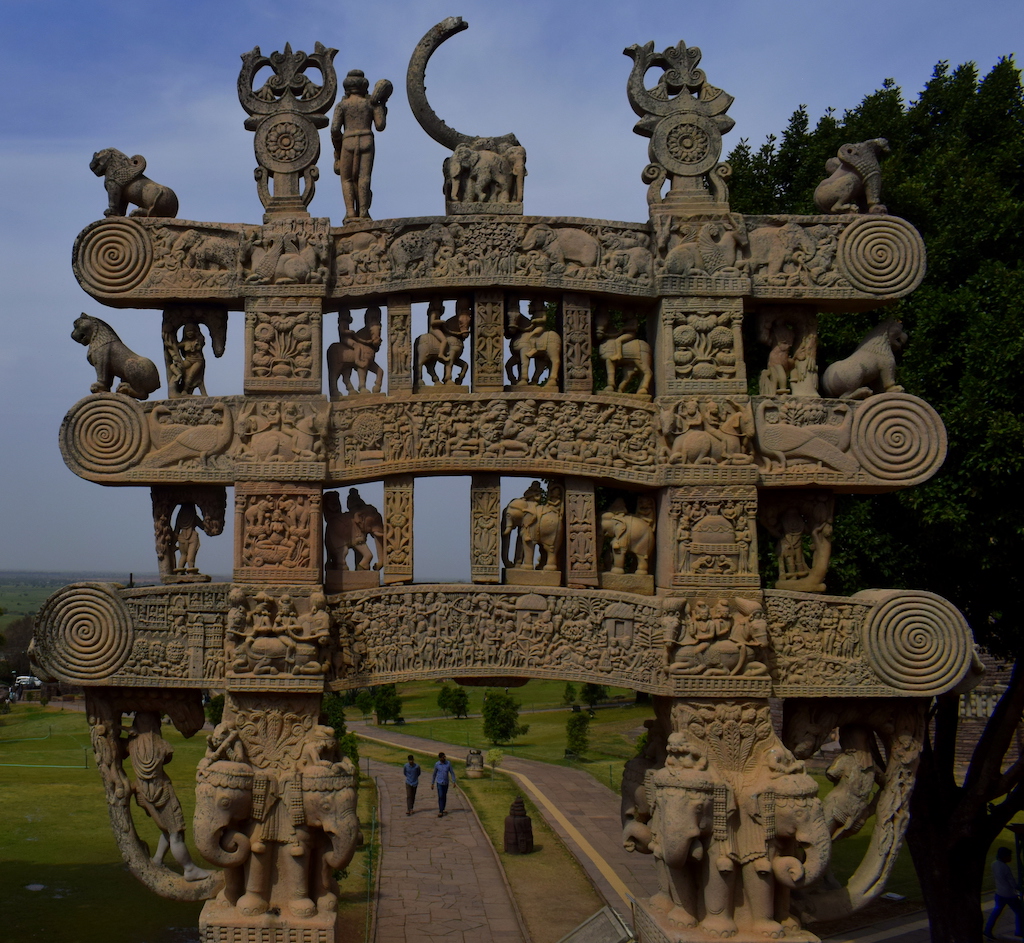
The capitals of the square columns at this gate are adorned with elephants and emerging from the capital can be seen caryatid figures depicting Yakshinis for the support of the lowermost architrave.
The Southern Gate
The southern gate is the oldest of the four gates and was built first. It has been partially reconstructed in the year 1882-83 by Major Cole. The front side of the top architrave of this gate depicts the scene of the birth of the Buddha. Maya, Buddha’s mother can be seen standing on the top of a lotus flower.
Emperor Ashoka’s visit to the Stupa at Ramagrama, now in Nepal, is depicted on the front-side of the middle architrave. It is believed that the Buddha’s relics were initially divided into 8 portions. Ashoka secured seven of these portions and divided them amongst the 84,000 stupas that he erected. However, Ramagrama was one place from where he returned empty-handed as the Nagas there refused to part with the relics of the Buddha interred there.
The front of the bottom architrave has carved on it figures of Kichakas or pot-bellied dwarfs holding garlands in their hands. A peacock also enhances the beauty of the lowest architrave.
The capitals of the southern gate have the faces of four lions seated back to back and facing in the four cardinal directions. These are similar to the ones found in Sarnath.
A towering Ashoka Pillar at Sanchi with inscriptions had stood near the southern gate, the pillar erected by Ashoka in the 2nd century BCE, of course, predated the gate. This is famously known as the Ashoka pillar of Sanchi.
Today near the gate stands what remains of the pillar, and in a small shed nearby there are some more remains of the same Ashoka Pillar.

The Eastern Gate
The Eastern Gate depicts the Seven lost Buddhas in its topmost architrave while the middle architrave is devoted to the scene of the Buddha leaving Kapilavastu and all worldly attachments behind. The scene is repeated with variations to show the sequence of the prince leaving the city with his horse and paraphernalia to finally embark barefoot and alone. This is shown symbolically through footprints of the Buddha with an umbrella.
The front of the bottom-most architrave shows Ashoka and his queen visiting and paying obeisance at the sacred Bodhi tree.
The capitals of the Eastern Gate too are mounted with elephants and have caryatid figures of Yakshinis. The architraves are all marked with solar spirals and a Nandipad which consists of the Dharma wheel topped by a trident can be seen on the top of the right pillar. It is assumed that a similar one adorned the left pillar too, originally.
The Western Gate
The Western gateway is believed to have been the last of the beautiful gates of Sanchi to be built.
The architraves are supported by pillars which have pot-bellied dwarfs on the capital. These beings are called Kichakas.
It is believed that these were used to lighten the proceedings and to draw attention to the more serious religions and philosophical depictions in the vicinity.
The first architrave shows the seven lost Buddhas symbolized by four trees and three stupas along with thrones. They are surrounded by human and celestial worshippers.
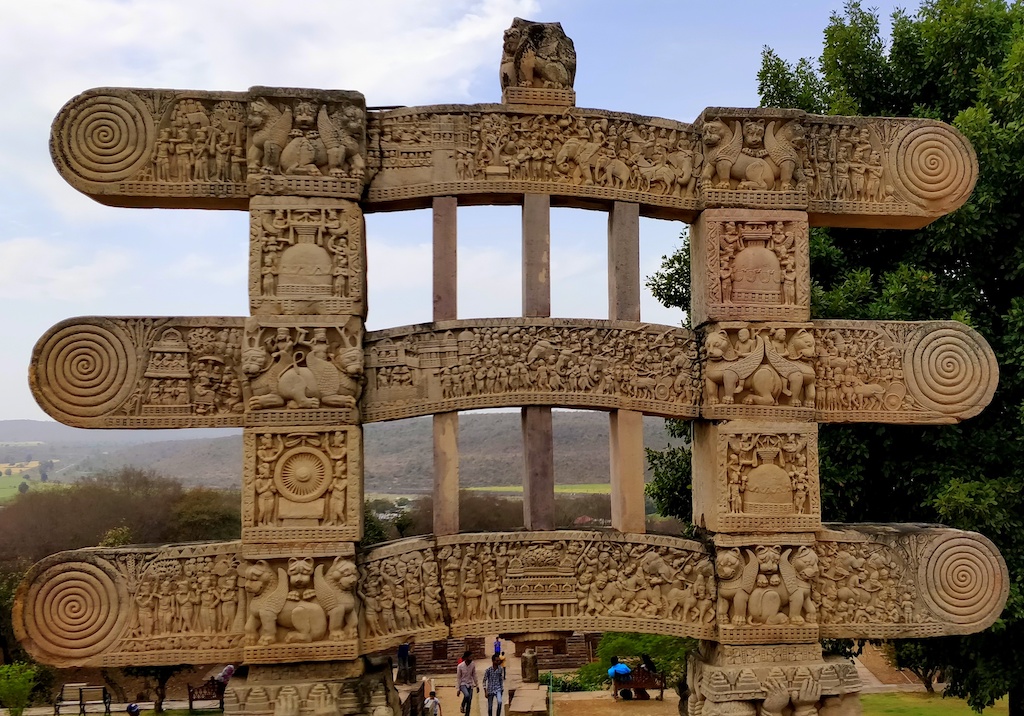
The central architrave showcases the first sermon of the Buddha after enlightenment at Sarnath near Varanasi.
The lower-most architrave of the western gate tells the story of an elephant king from the Chaddanta Jataka. The elephant king is none other than a Bodhisattva.
Sound & Light Show At Sanchi Stupa
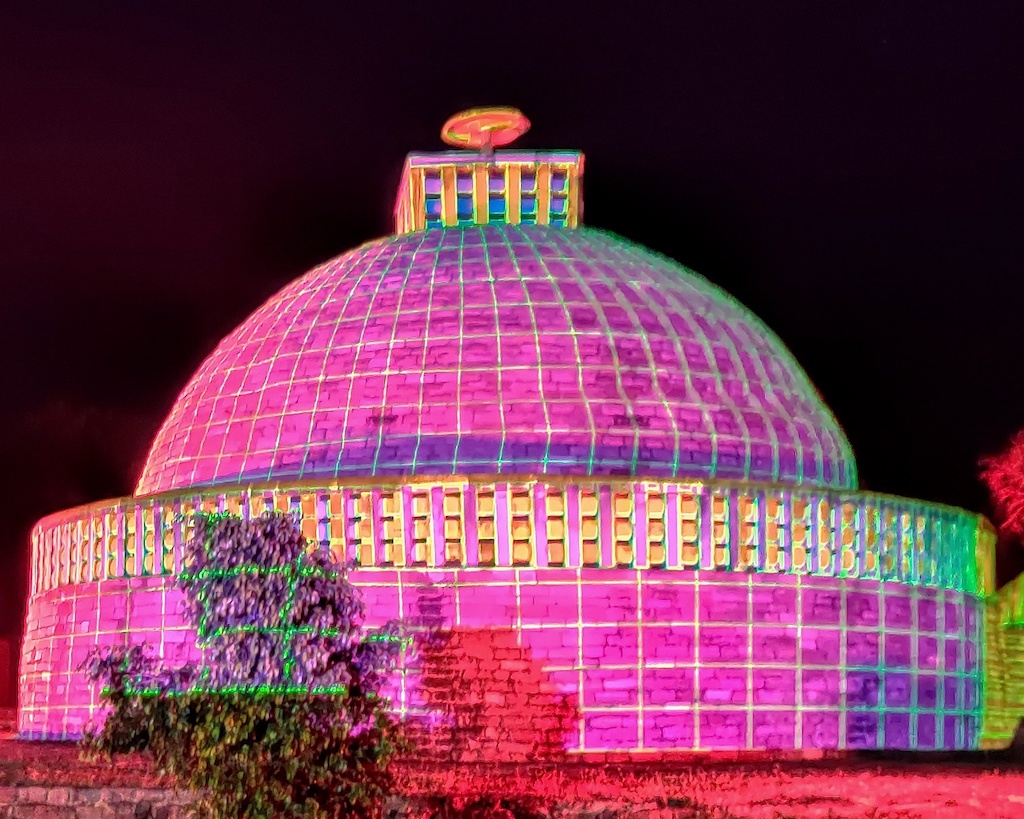
When visiting the Sanchi Stupa, do plan to visit the Sound & Light show which is held in the evening. The use of 3D projections and amplified sound transform the area around the Sanchi Stupa into an open-air theatre. Viewers are transported back in history as they watch the history of Sanchi unfold before them.
Some Amazing Facts – Sanchi Stupa Facts
- The design of the dome of the Rashtrapati Bhavan in Delhi is inspired by the Sanchi Stupa
- The Sanchi Stupa is believed to be one of the oldest stone structures in India
- The practice of depiction of Jataka tales in stone in Buddhist art is said to have started in Sanchi
- Gautam Buddha never visited Sanchi in his lifetime
- The stone carvings of the Sanchi gates are believed to be the first of their kind in the world
- The Sanchi Stupa is believed to be the first Stupa that the emperor Ashoka built
- The ancient name of Sanchi as described in rock inscriptions was Kakanada
- The name by which Sanchi was referred to in the Sri Lankan chronicle Mahavamsa is Chetiyagiri
How To Get To Sanchi – How to reach Sanchi
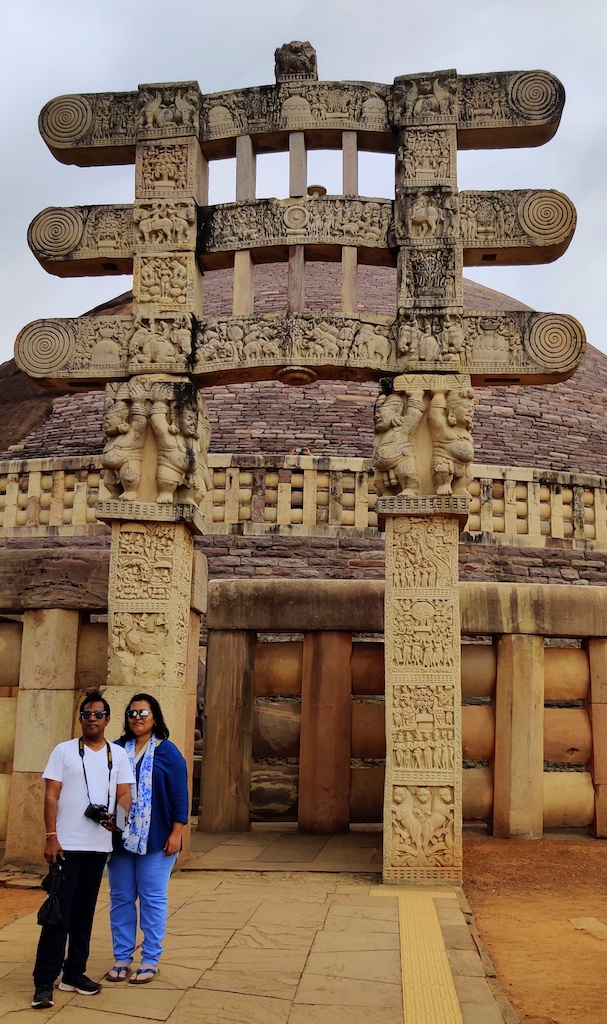
- Sanchi is located in the central Indian state of Madhya Pradesh
- Bhopal to Sanchi distance is about 48 kilometers, Bhopal which is the capital of Madhya Pradesh
- The nearest airport to Sanchi is the Raja Bhoj Airport in Bhopal city located at an approximate distance of about 55 kilometers
- Bhopal is well connected to other cities of India by rail, road, and air
- One can easily drive to Sanchi from the city of Bhopal
If you are planning a trip to Sanchi in Madhya Pradesh, India to see the famous Sanchi Stupa then you can book a cheap flight through TripAdvisor or Agoda or CheapAir or Cleartrip or Makemytrip or Priceline right here. If you are planning to travel by road from Bhopal to Sanchi, some of the options are by self-drive car or cab or bus.
Where To Stay In Sanchi
Sanchi is a UNESCO World Heritage site and attracts visitors from all over the globe. There are many options for staying at Sanchi. We stayed at the MPT Gateway Retreat, a beautiful property owned and run by Madhya Pradesh Tourism. The property is located just off the main road and consists of comfortably appointed cottages set in the midst of a lovely garden. There is a swimming pool too along with a fitness center. The property also served lovely, authentic, traditional food.
If you are looking to book a hotel in Sanchi or a resort in Sanchi or accommodation anywhere in Madhya Pradesh or India or the world, you can do that right here. You can book Sanchi hotels through TripAdvisor or Cleartrip or Agoda or Makemytrip or Priceline and save on your bookings by availing discounts.
| Click to book the best hotels in Sanchi |
|---|
Sanchi Stupa FAQ
Why was Sanchi stupa built?
The Sanchi Stupas was built by Ashoka over the relics of the Buddha, however, what we see today is different from the original owing to the successive evolution of Sanchi Stupa over time.
Who Built the Sanchi Stupa?
If you delve back into the Sanchi Stupa’s history, it emerges that the stupa at Sanchi was built by Emperor Ashoka.
Which is known as the Great Stupa of Sanchi?
The Stupa No.1 is known as the Great Stupa of Sanchi.
What are the Sanchi Stupa timings?
The Sanchi Stupa visiting hours are from 8.30 AM to 5.30 PM on all days of the week, do check for timings on Public holidays.
Who discovered the Sanchi Stupa?
With the gradual decline and disappearance of Buddhism in India, the great stupa at Sanchi too was forgotten until it was rediscovered in the early 19th century by General Taylor.
What does Sanchi Stupa contain?
The Sanchi Stupa is believed to contain the relics of Gautama Buddha.
How many stupas are there in Sanchi?
There are numerous big and small stupas in Sanch. However, the main ones are the Great Stupa or Stupa No.1, Stupa No.2, and Stupa No.3, in which the relics of Buddha’s chief disciples Sariputra and Mahamoggallana were found.
What is inside a stupa?
Stupas generally house the relics or ashes of Buddhist monks.
Why is Sanchi Stupa famous?
Sanchi Stupa is one of the oldest stone structures in India and houses the relics of the Buddha.
What is Harmika in stupa?
Harmika is an element, specific to Buddhist Stupa architecture, it is the railing or fencing at the top of the Stupa which encloses the umbrella at the top. This can be clearly seen in the Sanchi Stupa architecture.
Where is Sanchi Stupa situated? Where is Sanchi Stupa located?
Sanchi Stupa is located in Sanchi town in Raisen district in Madhya Pradesh, India
What is the stupa architecture?
Stupa architecture is specific to the construction of Stupas in Buddhist architecture.
Who destroyed Sanchi Stupa?
The Sanchi Stupa is said to have been once vandalized during the Shunga period and then rebuilt. Some accounts say that it was vandalized by Pushyamitra Shunga in the 2nd Century BCE and then rebuilt by his son.
What does the stupa symbolize?
The first stupas were built over the ashes or relics of the Buddha and it was believed that they would radiate the cosmic energy of the Buddha.
How many types of stupas are there?
There are five types of Stupas and these are the relic stupas, commemorative stupas, object stupas, symbolic stupas, and votive stupas.
Is there any Sanchi Stupa documentary?
This is a good video about Sanchi Stupa and its history.
Tips For Visiting Sanchi Stupa
- To get a good understanding of the magnificence of the architecture and art at Sanchi do enlist the services of an expert guide
- Be ready to do a bit of moderate walking around the site
- To explore everything in detail at the Sanchi site plan for a full day
- The structures to look out for are of course the Great Stupa, Stupas 2 and 3, the Gupta Period temple, the gates and Balustrade, the Ashoka Pillar, and the Apsidal temple, among others
- Do plan to visit the Sound Light show
- Don’t forget your headgear and umbrellas if the climate is hot
Best Time To Visit Sanchi Madhya Pradesh
The monuments of Sanchi can be visited at any time of the year. However, the best time to visit Sanchi would be during the winter months as it would be cool and comfortable to walk around and explore the monuments. The best months for visiting Sanchi would be from October to March.
Places To Visit In And Near Sanchi
Though this Sanch Stupa travel blog post focuses on Sanchi, there are many other attractions in the vicinity.
- Sanchi Archaeological Museum which houses many of the findings from the Sanchi site
- Chetiyagiri Vihara houses the relics of Buddha’s chief disciples Sariputra and Mahamoggallana which are publicly displayed during the Chetiyagiri festival
- Udayagiri rock-cut caves that date back to the 5th century CE and contain some of the oldest iconographies of Hinduism (About 9 kilometers from Sanchi)
- Bhimbetka rock shelters dating back 100,000 years (About 95 kilometers from Sanchi)
- Bhopal city famous for its lakes, Taj-ul-Masajid, and the Tribal Museum (About 49 kilometers from Sanchi)
Planning a tour in Madhya Pradesh
Points of interest and attractions are many in Madhya Pradesh and if you are trying to decide on what to see in MP or what to do in Madhya Pradesh, then look no further. Book online places to see in Madhya Pradesh and cover attractions in Bhopal and MP.
| Click here to know more and book Best Attractions in Madhya Pradesh |
|---|
We hope you liked our Sanchi Stupa blog post interesting and informative and you now got a lot of information about Sanchi Stupa and got to know about the history and facts of Sanchi Stupa. If you are planning to visit this famous Buddhist monument of India, we are sure you shall find this post of value. Do let us know if you have any queries or clarifications, we would be happy to respond to your questions.
We were hosted by Times Passion Trails and Madhya Pradesh Tourism. However, the views and opinions expressed here are our own.
Recommended read:
Places To Visit In Chanderi – Madhya Pradesh’s Hidden Gem
Pench National Park – Tiger Reserve in Madhya Pradesh, India
Places To Visit In Pachmarhi, Madhya Pradesh, India
Tajul Masajid – Bhopal’s Crowning Glory
Kutni Island Resort – Khajuraho’s Pristine Getaway
Do You Love Traveling?
Do you want to know how to travel the world? We have put together a very useful travel resources page with best travel tips. Go check it out now.
Thanks for visiting our site Voyager – imvoyager.com and taking the time to read this post!
If you wish to collaborate/work with us then reach us at [email protected]
We’d love if you’d comment by sharing your thoughts on this post and share this post on social media and with your friends.
[shareaholic app=”share_buttons” id=”27413782″]
Follow our journey on our social media channels:
Facebook Twitter Instagram Pinterest YouTube
60+ Million Users Trust TripAdvisor With Their Travel Plans. Shouldn’t You?
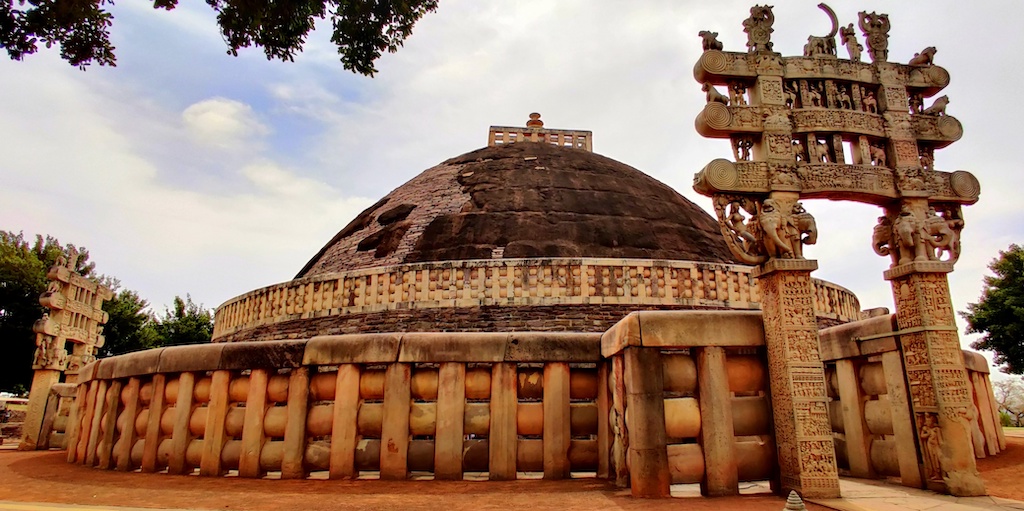

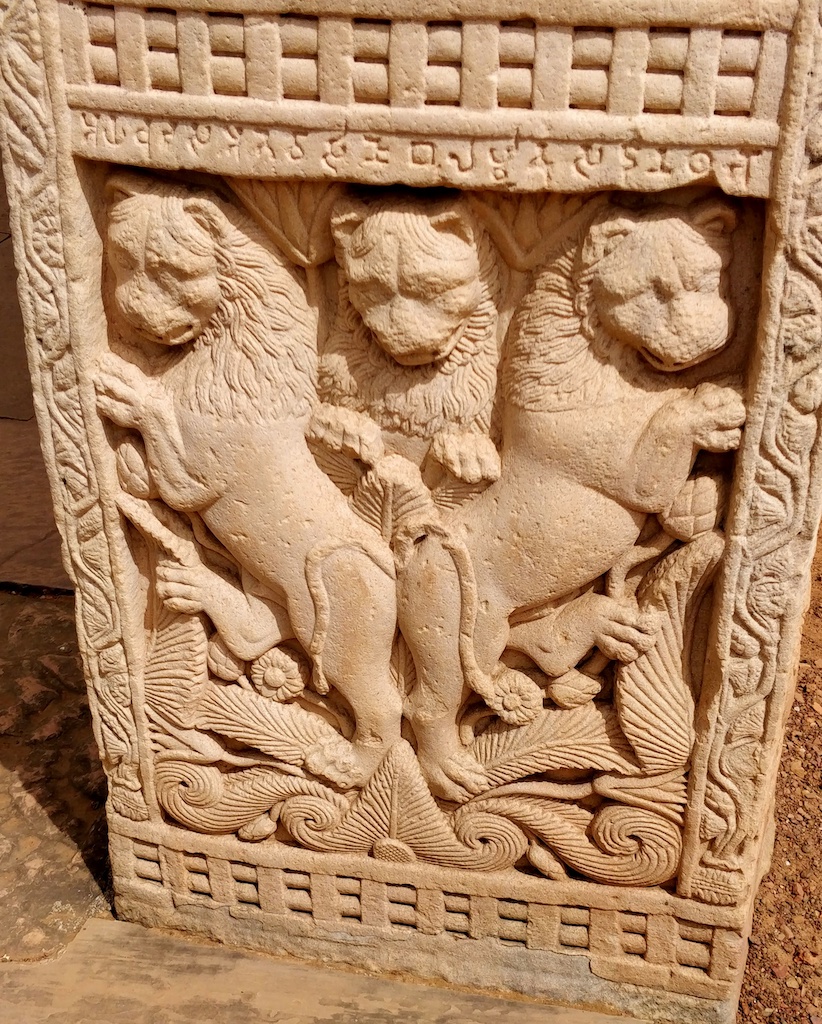
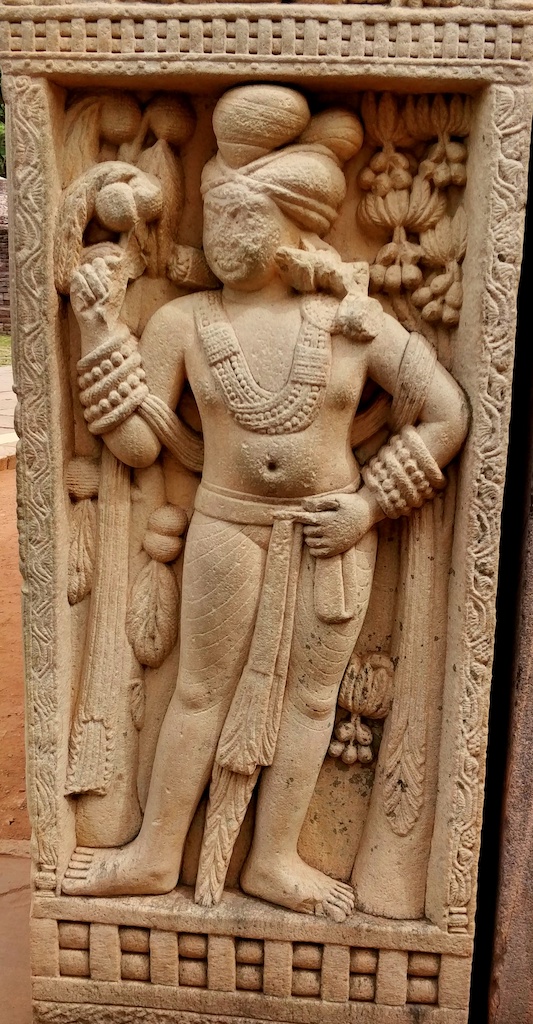
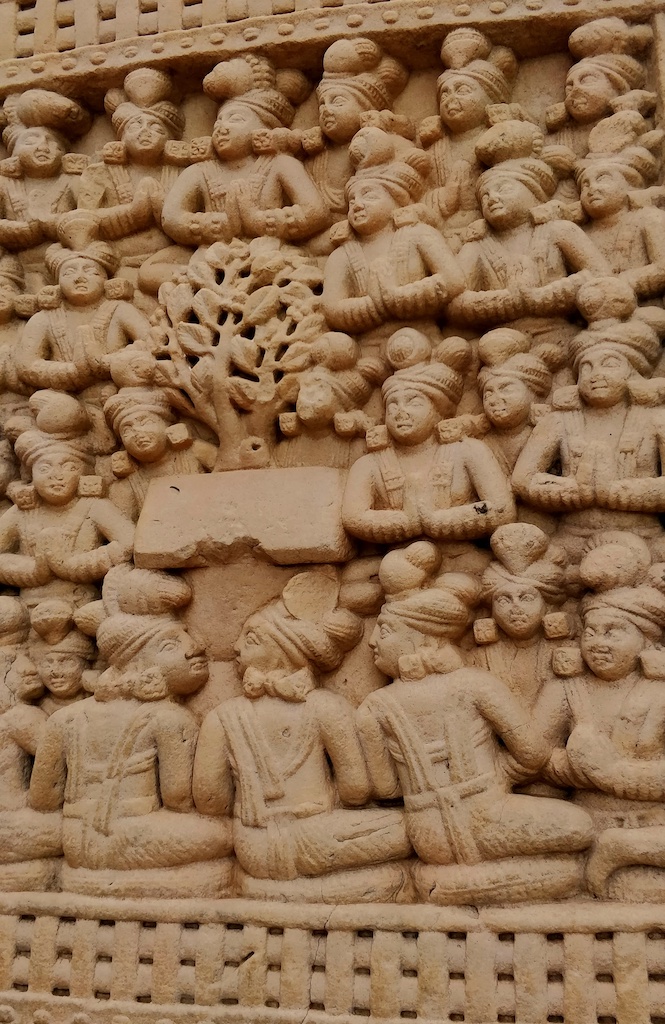
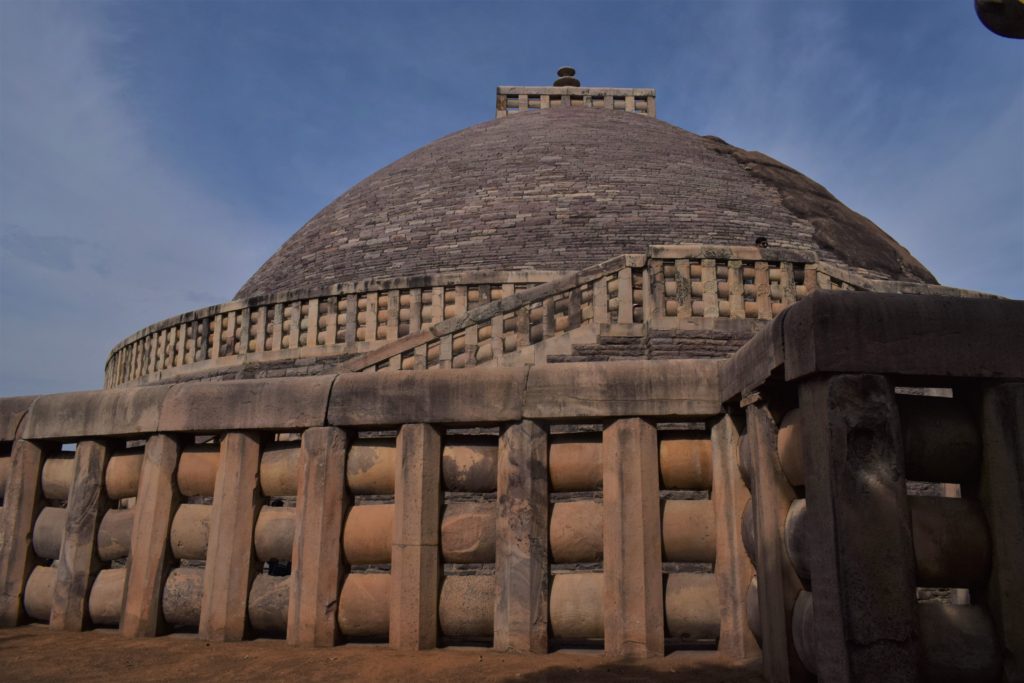
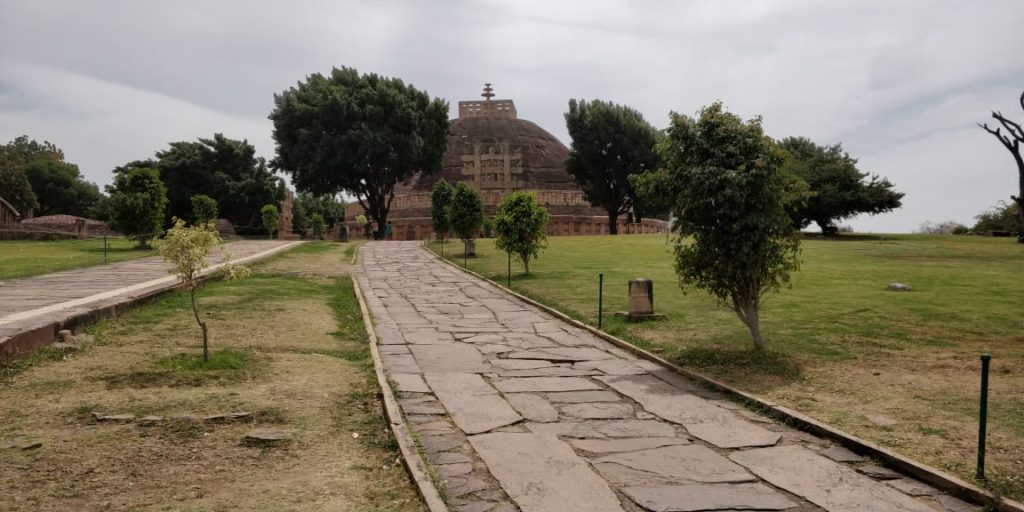
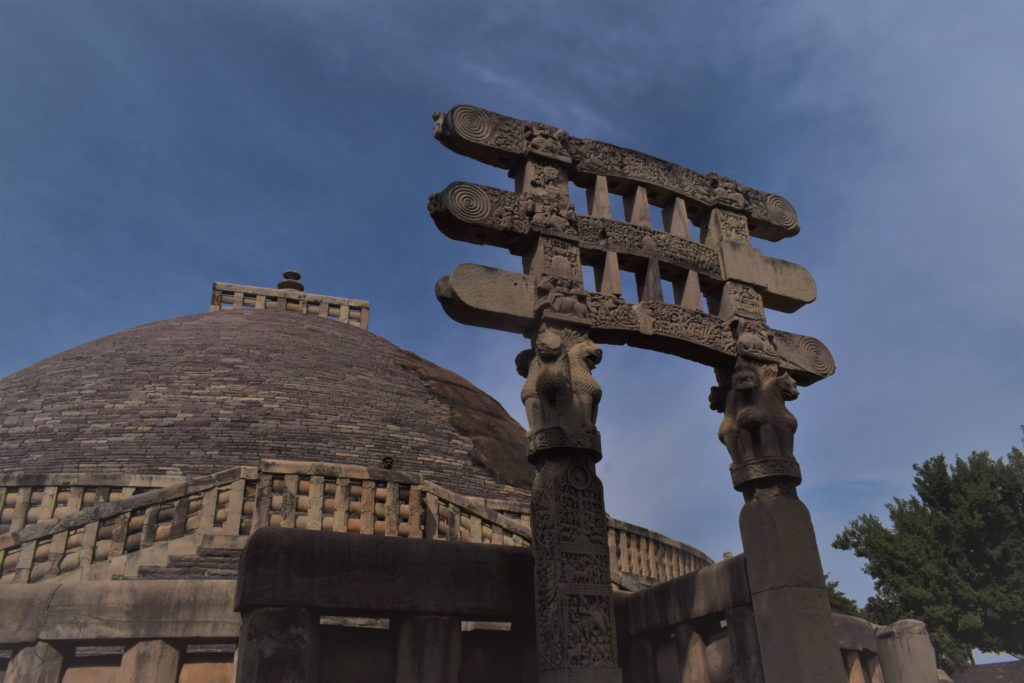
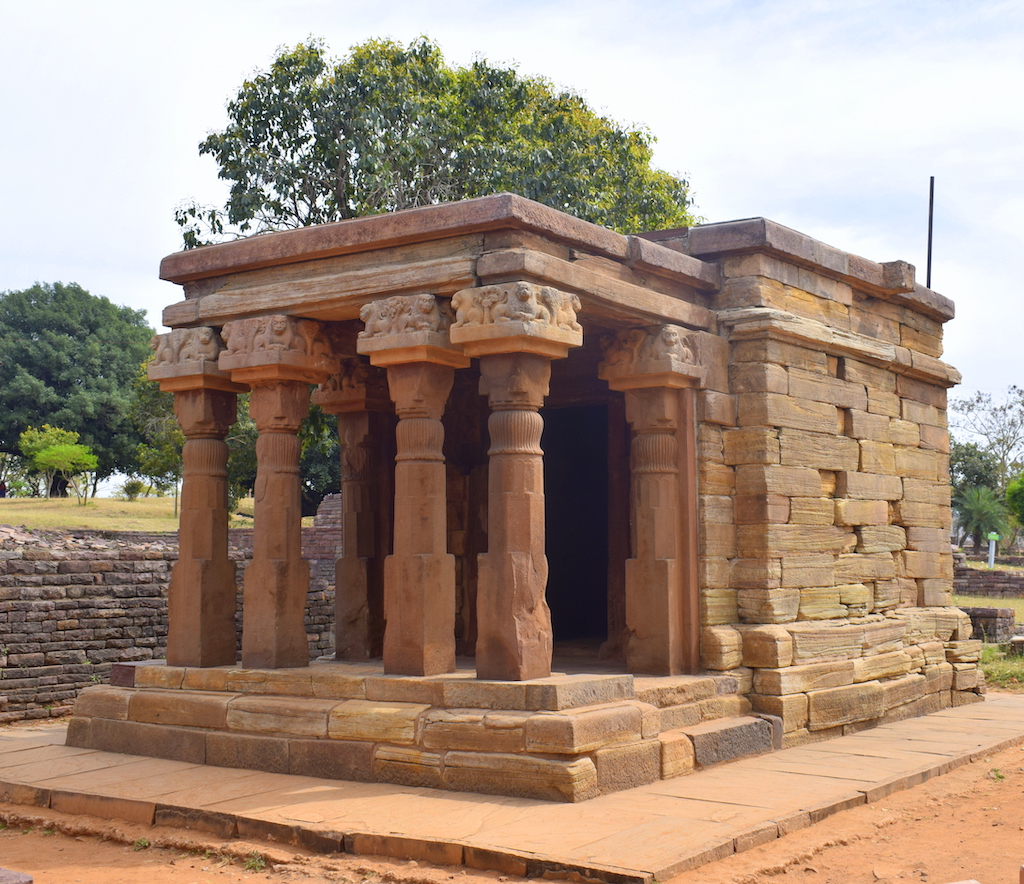
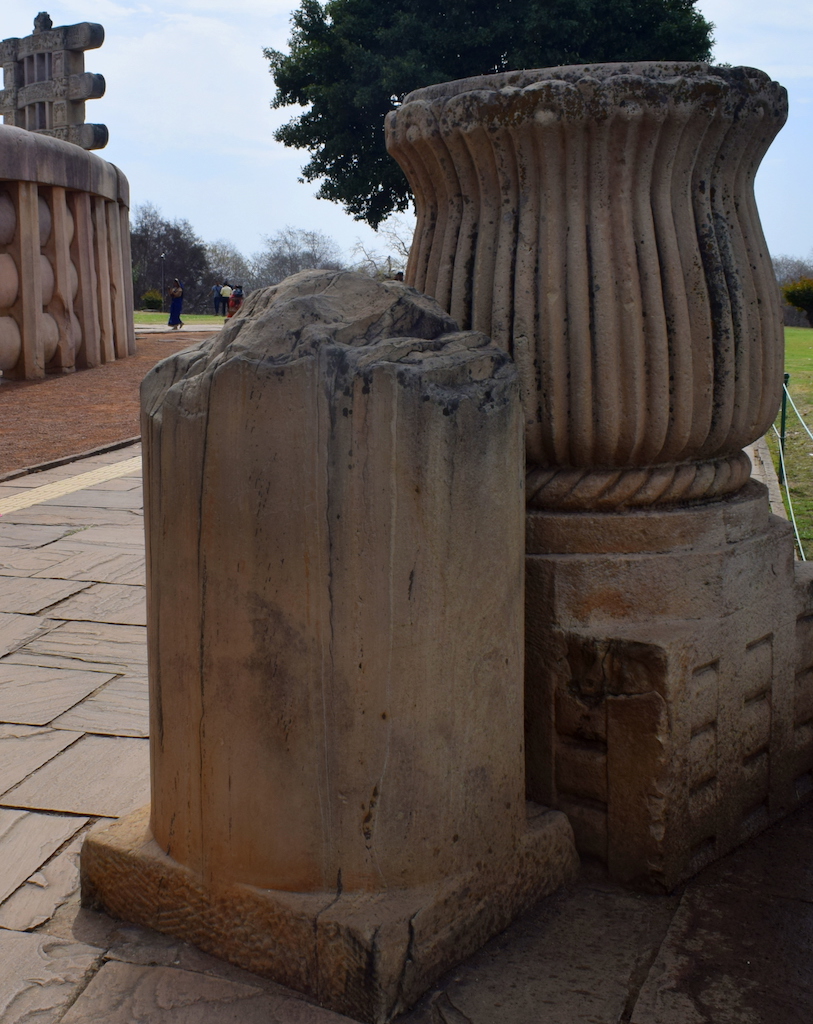

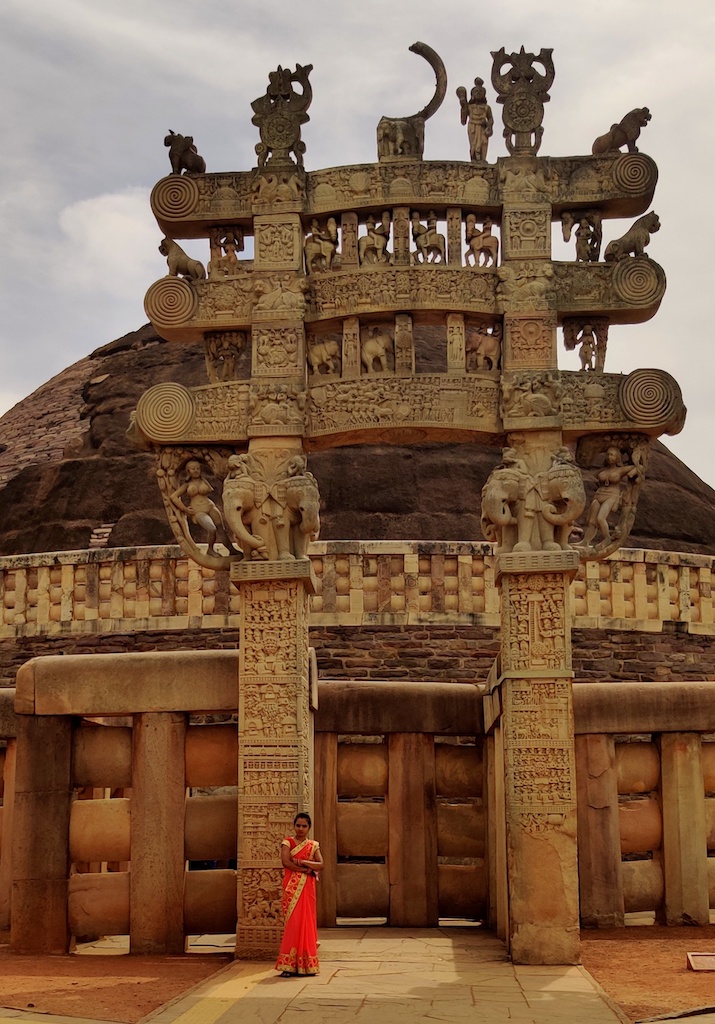
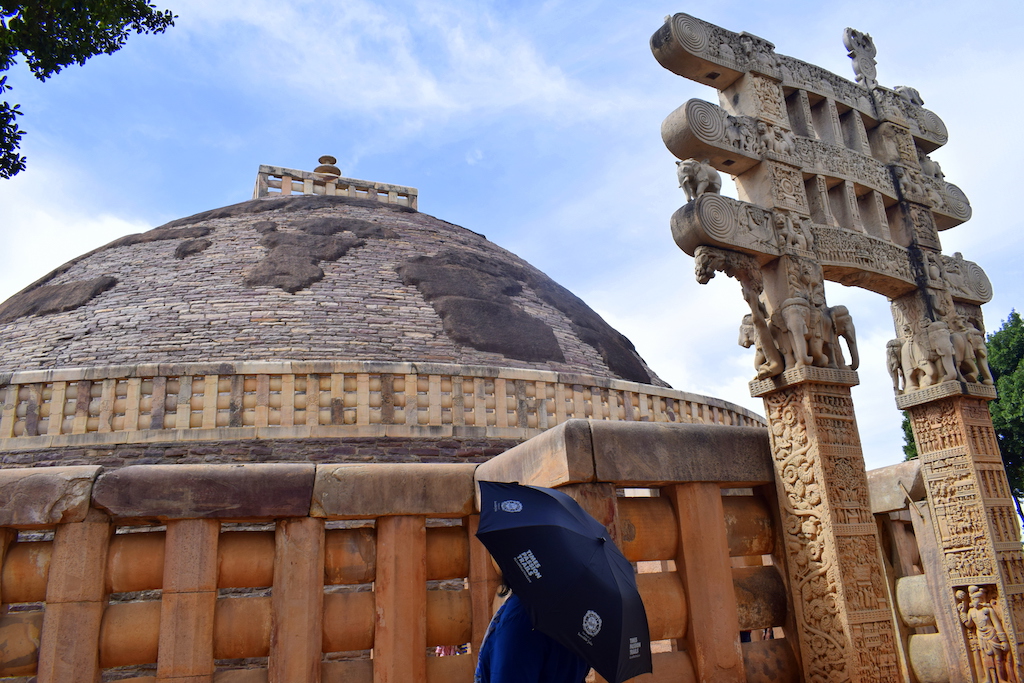
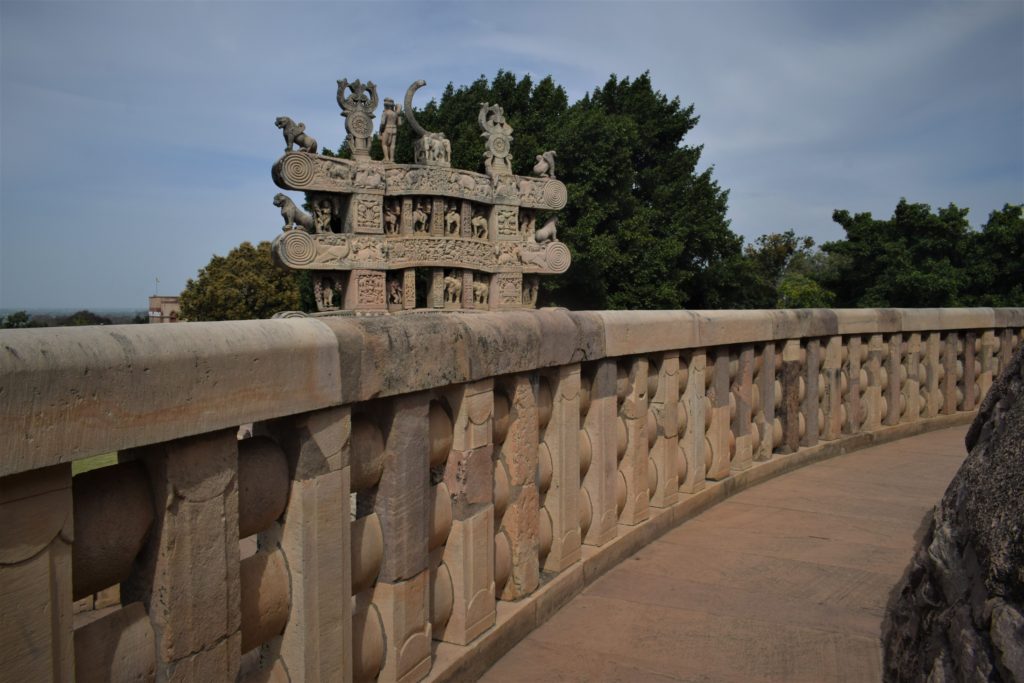
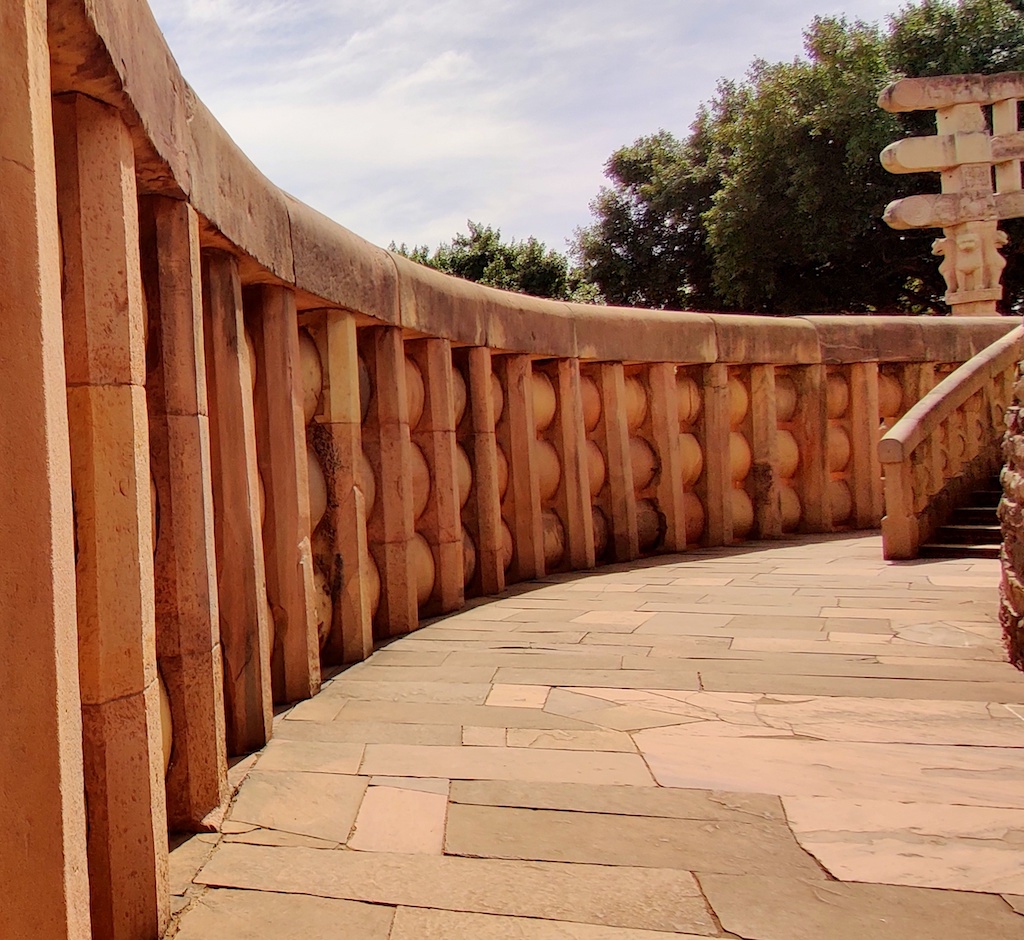
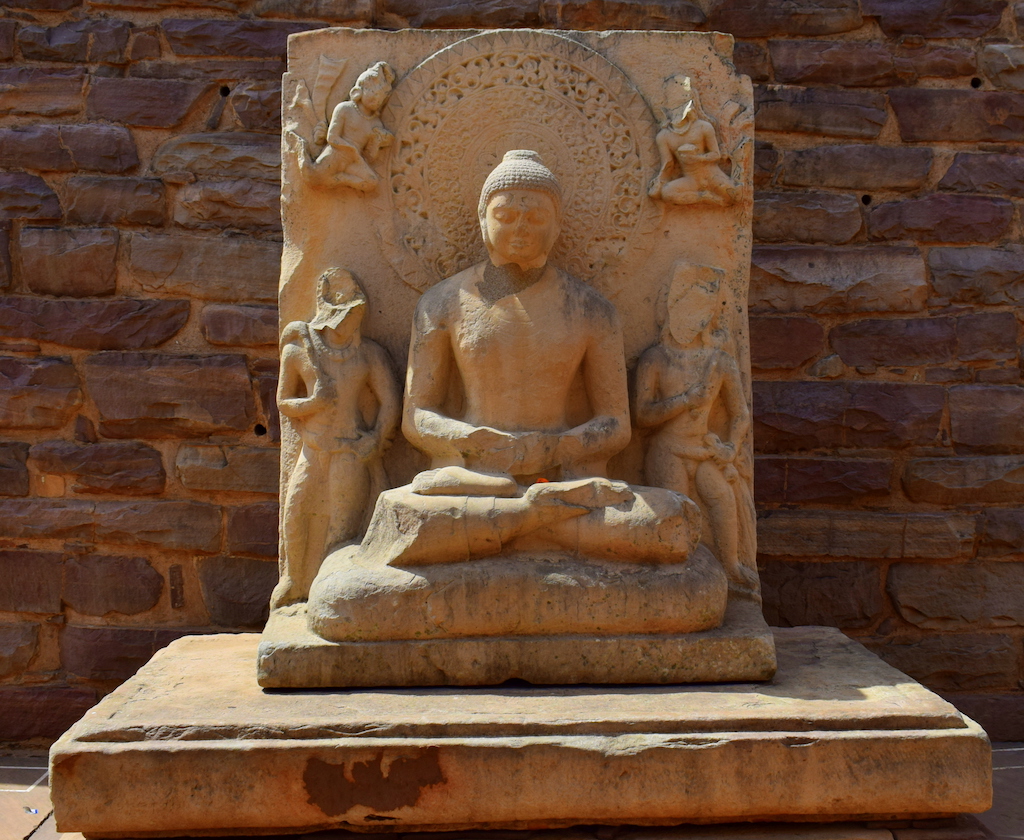
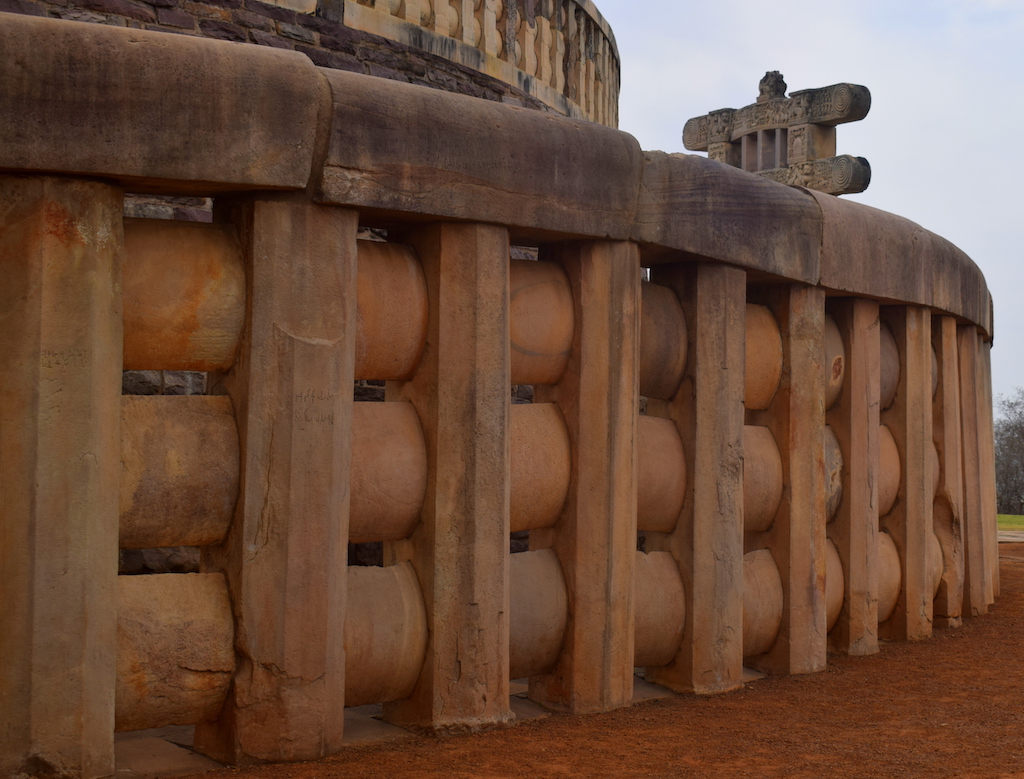
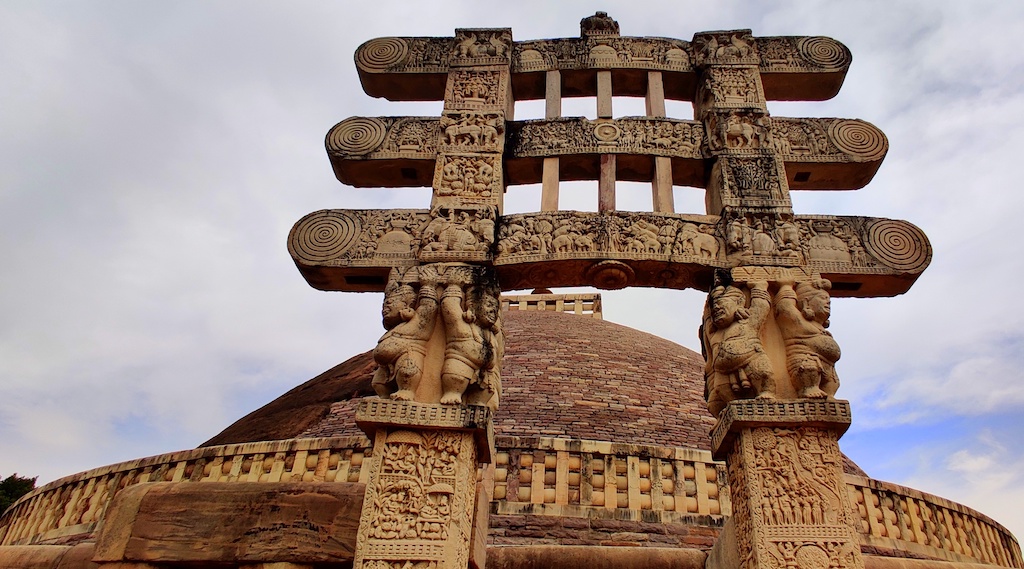
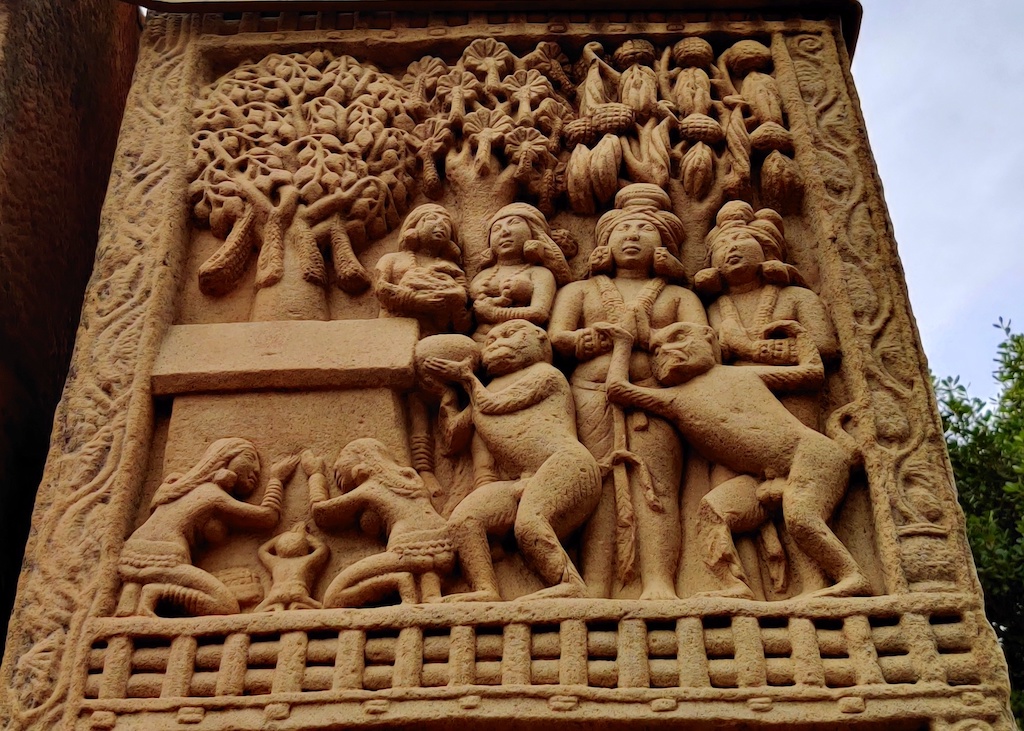
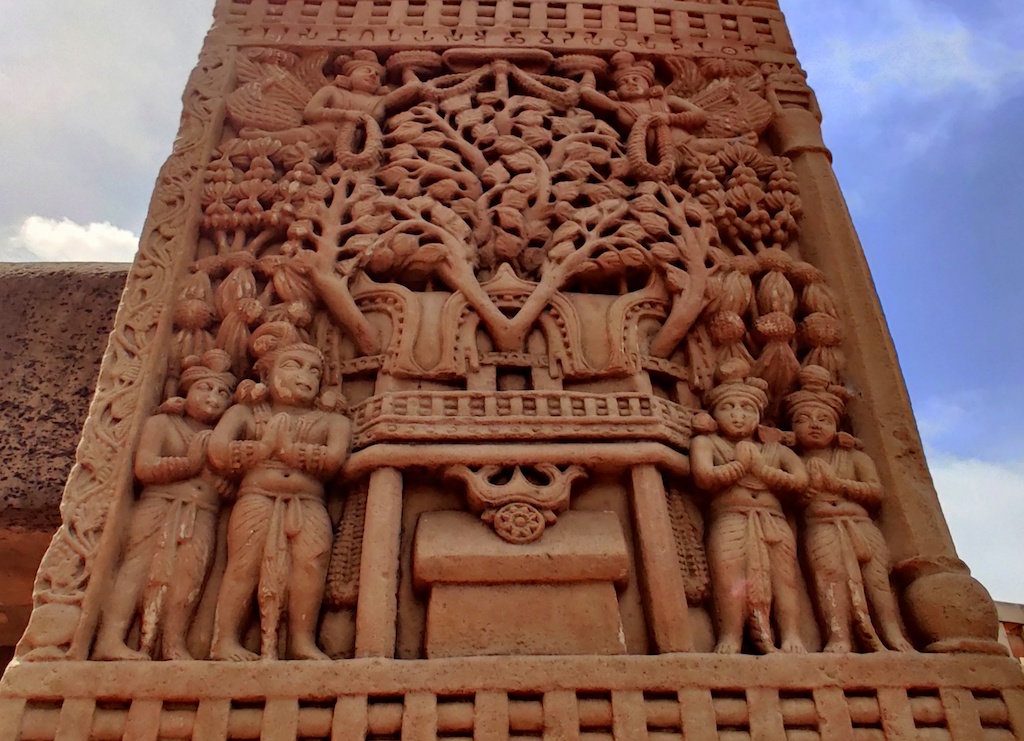

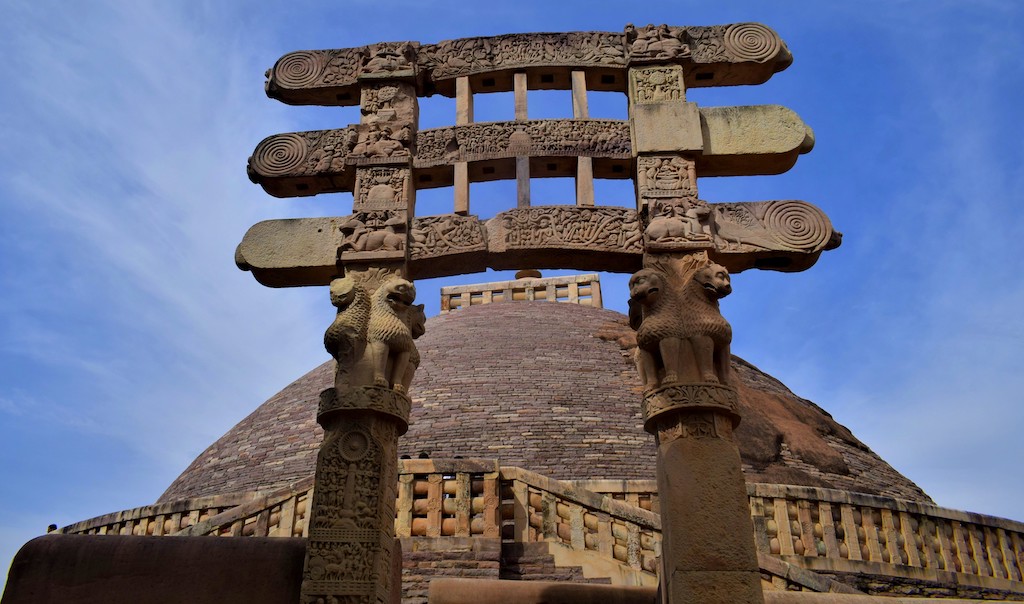



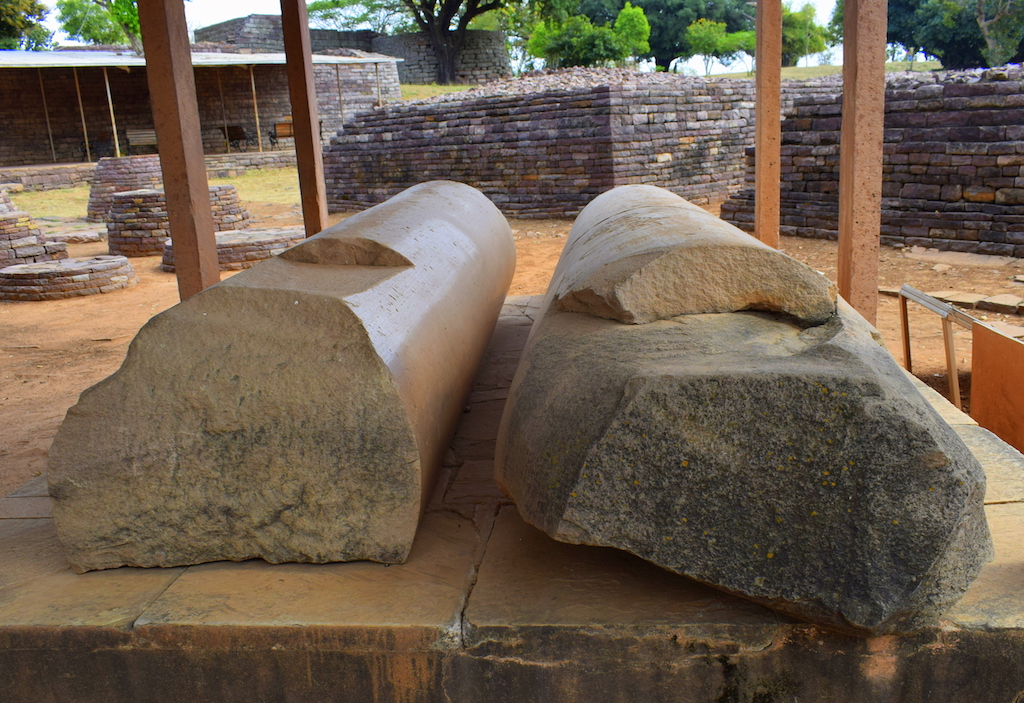

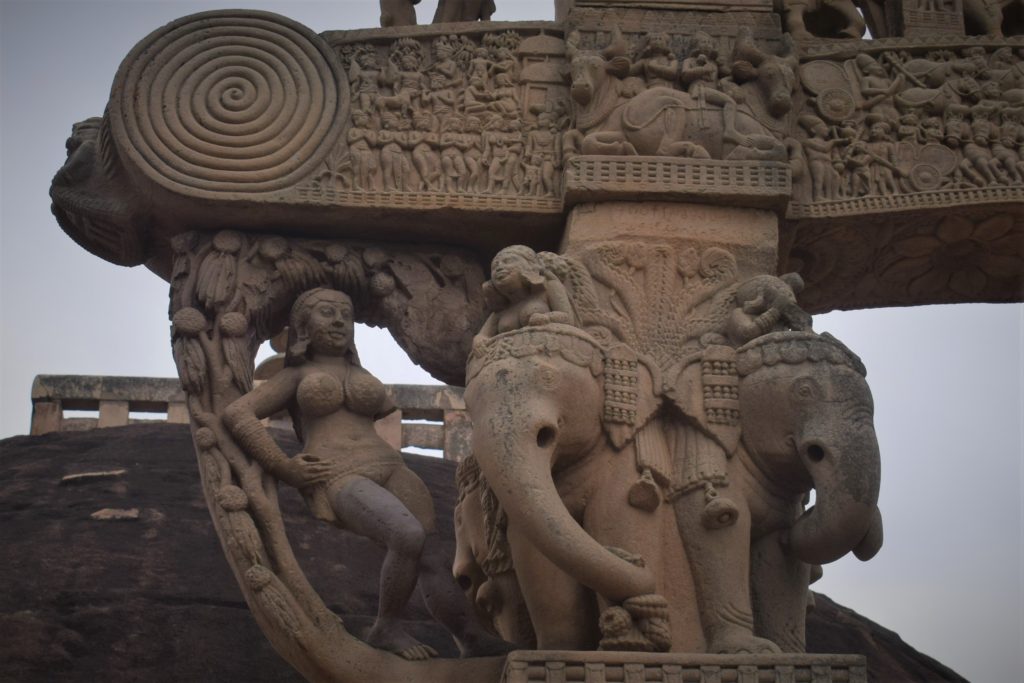
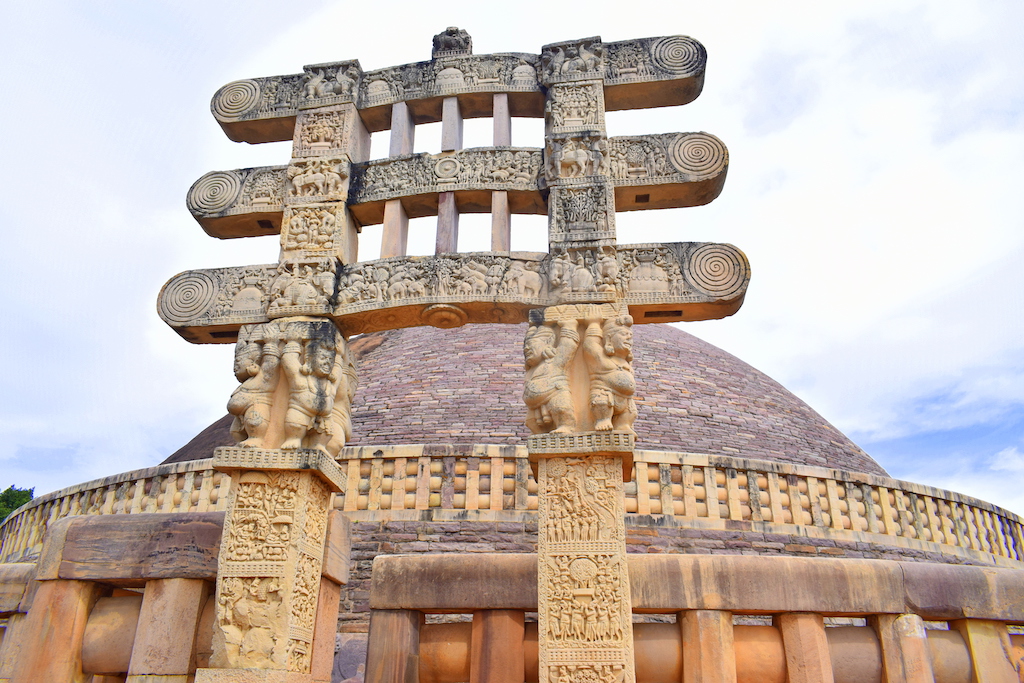
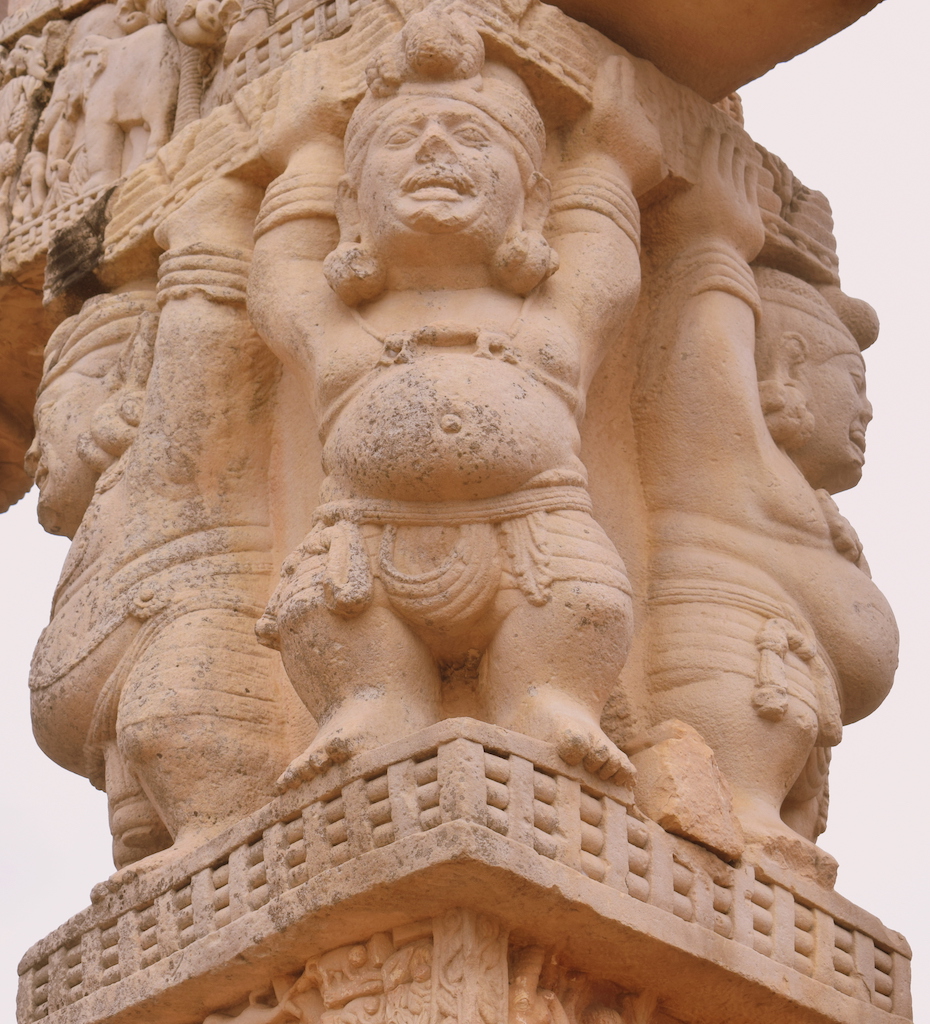
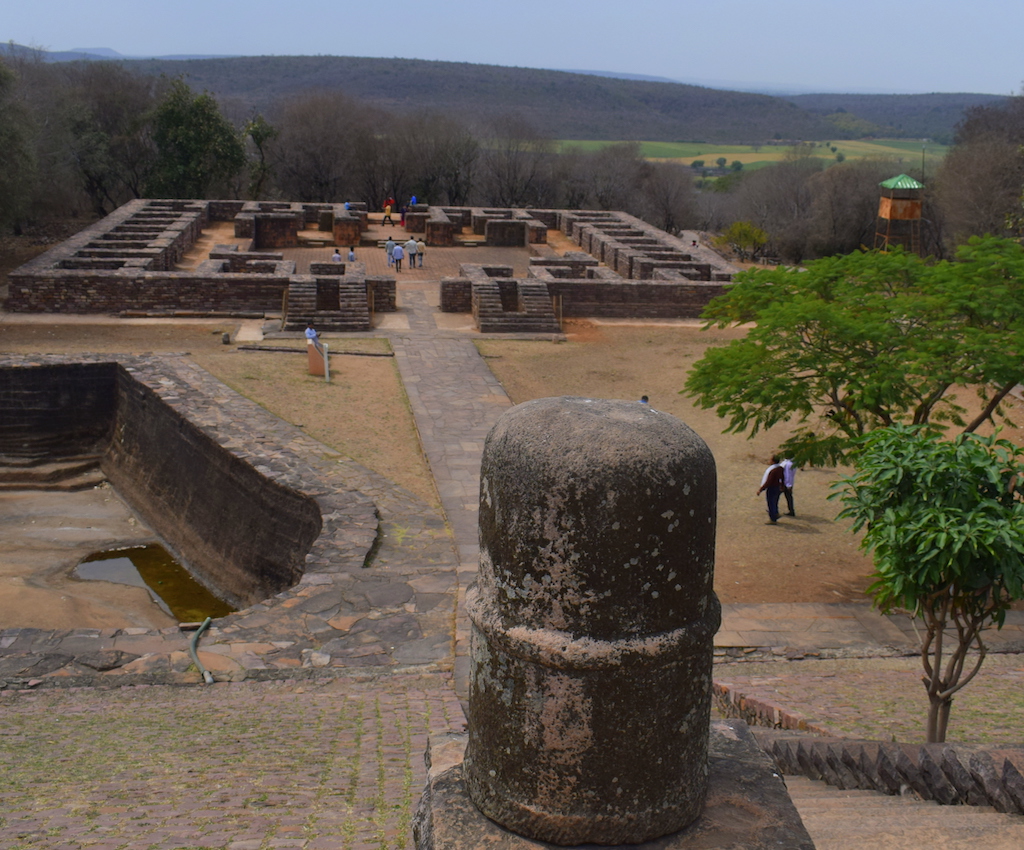
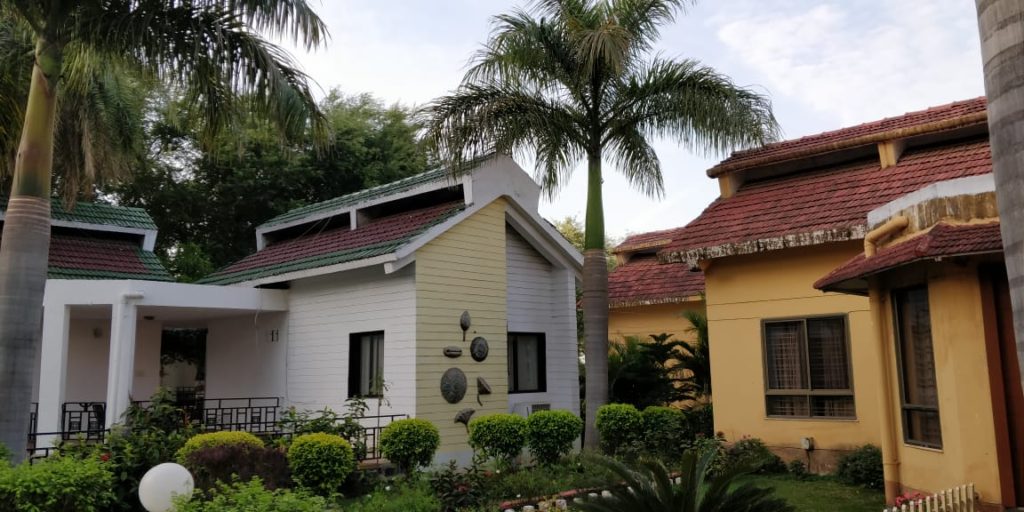
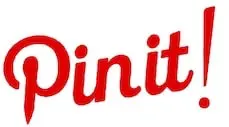


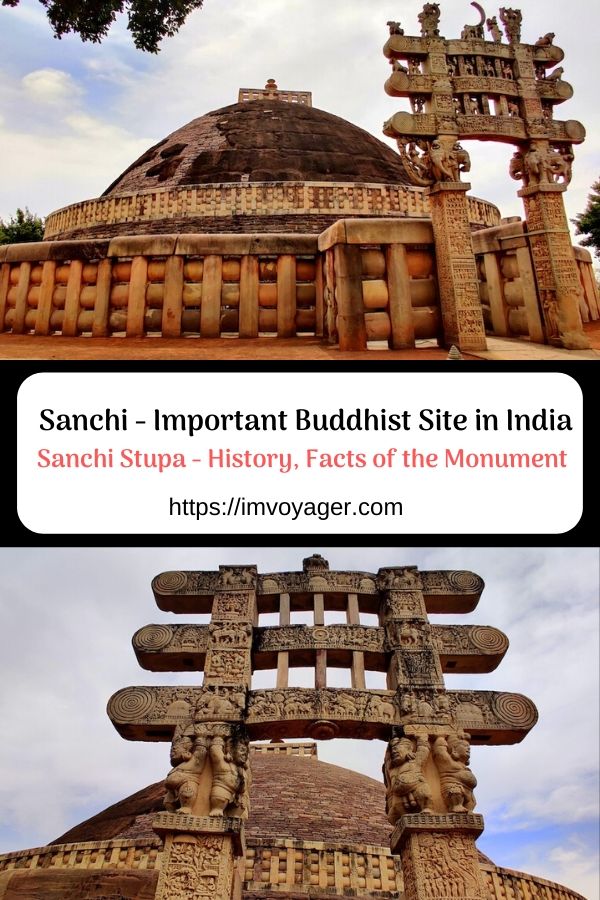

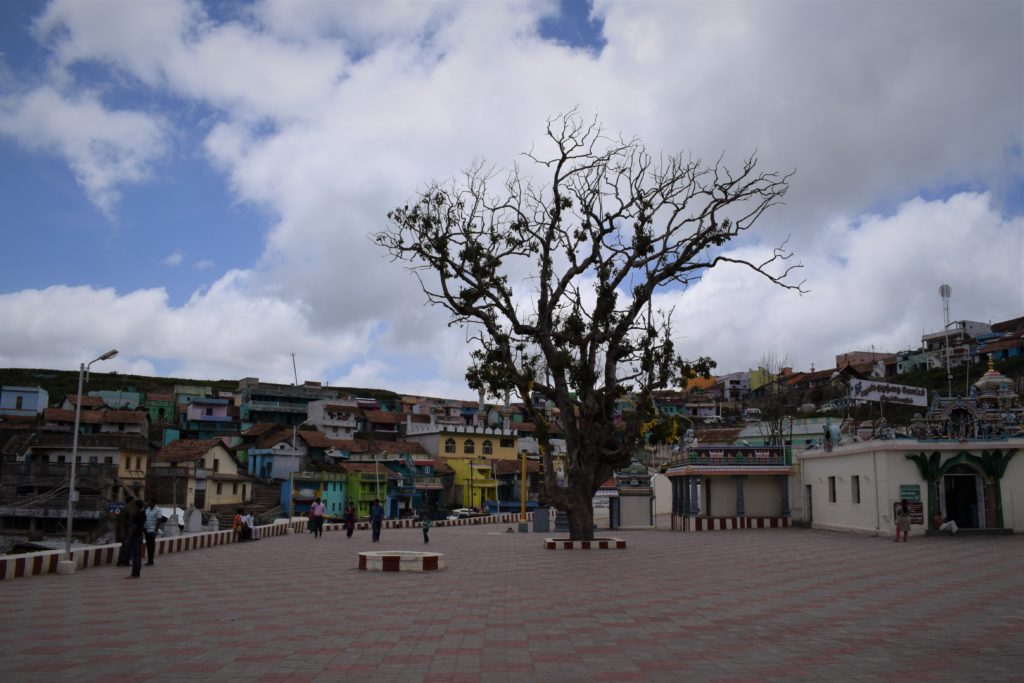
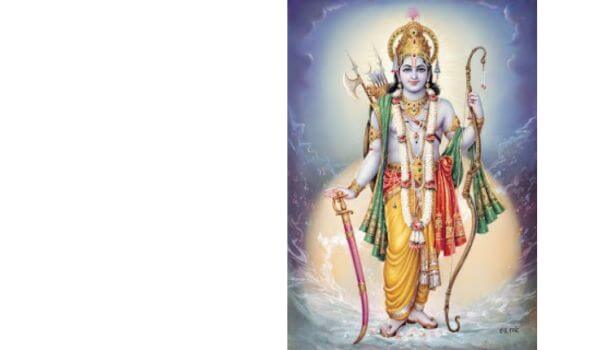

I have never came across such a detailed and well researched blog. I have read it for good 15mins to understand all the details. Amazing work.
That is a great post throwing light on sanchi stupa and its significance. I like learning about the significance of heritage sites with great history.
Wow what a detailed post about the beautiful place. The architecture looks superb.
I remember School NCERT book having the photo Sanchi Stupa but it is surprising that Buddha never came here. Architecture though is exquisite.
Omg im amazed at the detailed research ; you have incorporated every little detail that we must know about Sanchi Stupas … I specially enjoyed tge little story behind it. Very well written.
I am in love with this place. I really love such heritage places. I am adding this to my bucket list and after this lock down is over will definitely going to plan a short trip to Madhya Pradesh.
India has such a rich heritage! Loved reading every bit of this 👍
Wow that’s so amazing. I love such places as they are no interesting and has so much history. I’m gonna visit this place after lockdown gets over.
This is such an elaborate post. Loved all the finer details about the Sanchi Stupa.
Wish I had known about this blog post when I was teaching my son about Buddhism last month.
This is a wonderful post covering all the details of Sanchi Stupa. I learned many new things about this place. I will try to visit this place in my next india visit. My kids deserve to know the history of this place.
Never know the history behind shanti stupa. Indeed a must visit cultural heritage site for travelholic
I have read and admired Sanchi Stupa since childhood. It is a beautiful historic building that tells so much about old times.
I have missed visiting this place so far. My dad had been there and he was telling us amazing stories about this heritage.
I have been to stupa, but never really have known so much about the place, the facts and the cultural heritage.